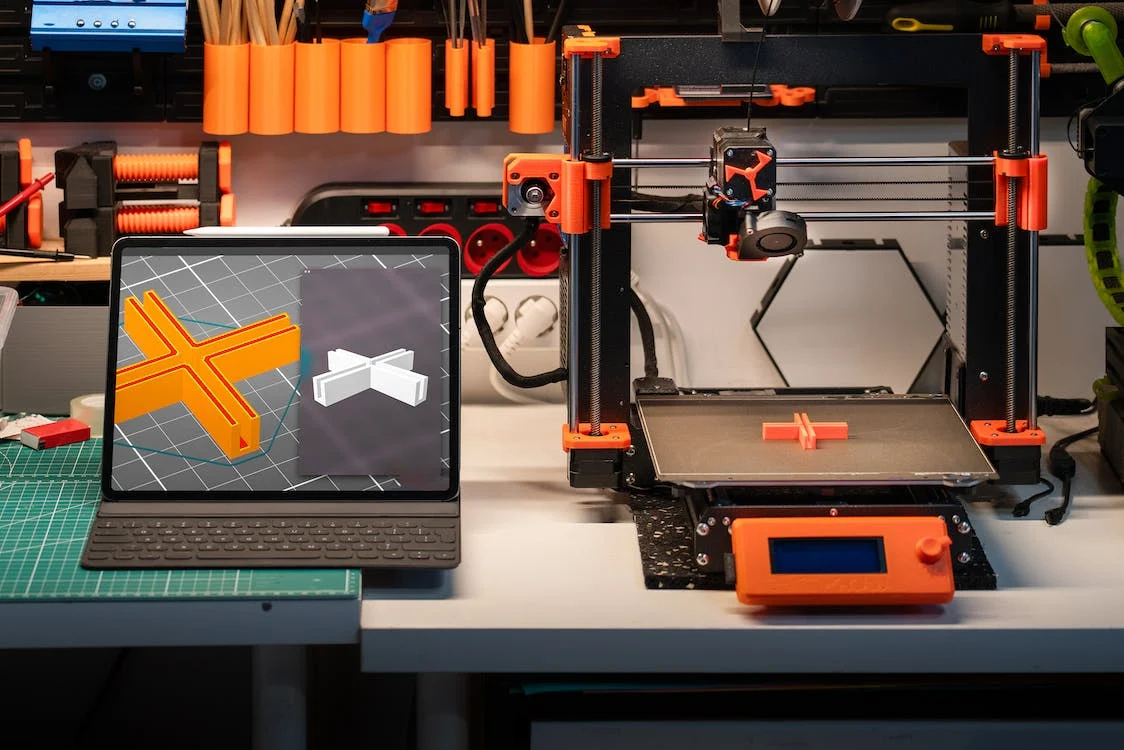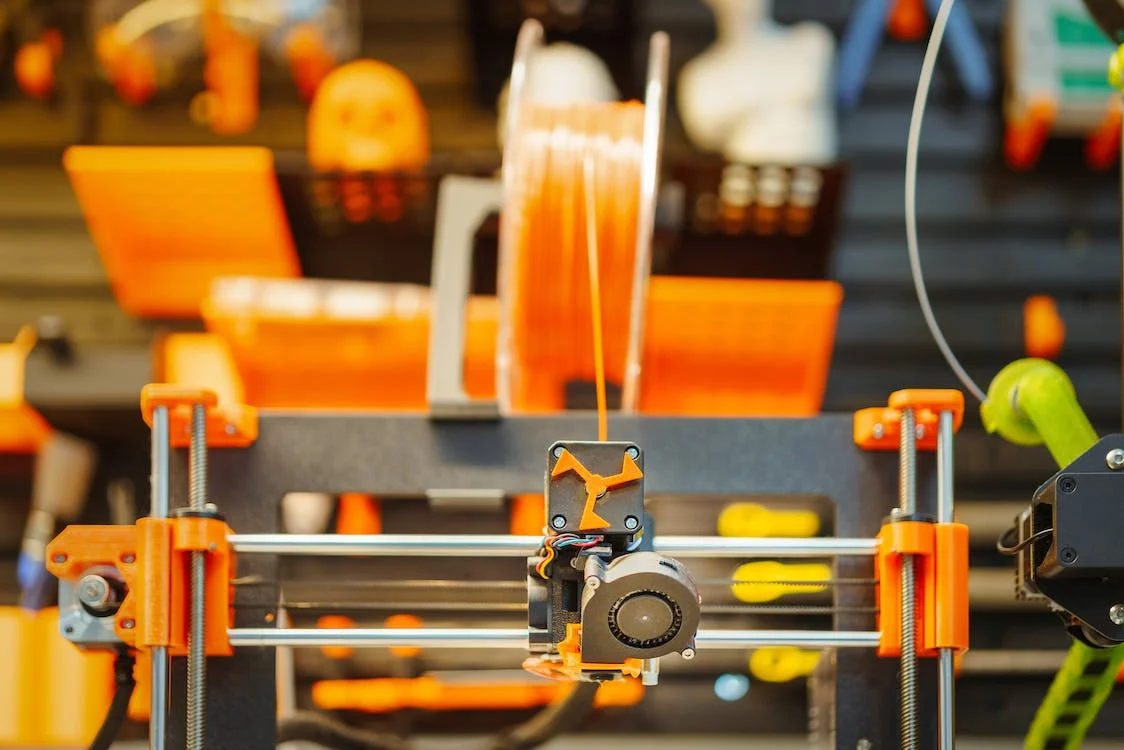With 3D printing, you can envision a future where there’s no longer a need for you to go to stores and spend a lot of money buying toys, pieces of jewelry, and other pre-fabricated items. From toys to new products’ prototypes, 3D printing plays a vital role in creating realistic three-dimensional models. Because with just one press of a button on a 3D printer, you will be able to print all out the items you need. The technology isn’t quite there yet, but 3D printing can still be useful for some people outside of business, and is especially true for students.
3D Printing can help students by offering endless solutions to different problems. This can help in creating awesome science projects for kids. If you’re looking for science project ideas using 3D printers, you’ve come to the right place. Here are some of the best 3D printer science projects we found that you might want to try.
Solar System Orrery
This project is a mechanical model of the solar system. Based on a heliocentric model, it can illustrate the positions and motions of the planets and moons. Aside from 3D printing, this DIY science project also involves working brass tubes and miniature bearings. You will be needing a precisely tuned 3D printer to make this project. To know more about how you can create this, you can check it out here.
Electric Coffee Maker
You can also create an electric coffee maker through 3D printing. This design is indeed a work of art. But remember that not everything in this project is 3D printed because, for the base of the coffee maker, you will need an aluminum casting. You can read the full instructions for this project here.
Cutaway Earth Model
This cutaway is an approximately scale model of the earth and its layers, the inner core, outer core, mantle, and crust. It is printed using a MakerBot 3D printer. This model was created to assist with an elementary school class lesson on the subject. It also includes a stand in order to display the finished product. If you want to try it, you can find the full instructions here.
Density and Buoyancy Investigation
In this project, you will find everything you need to help your kids or students gain a better understanding of density, buoyancy and Archimedes’ principle. This is an excellent introduction to density, where your kids will be able to describe why one 3D printed cube will float and the second will sink based on what they know of volume and mass. Be prepared with massing devices as they will want to compare the mass of both of their cubes. You can find the full instruction for this 3D printer science project here.
Digital Sundial
This project will enable you to create a 3D printed sundial displaying the time inside its shadow, with actual digits, without the need for batteries, motor, or electronics. The shape of the sundial has been mathematically designed to only let through the right sunrays at the right time or angle. This project allows displaying the actual time with sunlit digits inside the sundial’s shadow. You can find the instruction for this project here.
BOR 90 Inspired Trimaran
Buoyancy works by creating a pressure differential between water and another fluid which is separated by a solid object in such a way that the net pressure created by the external fluid which acts against the force of gravity and thus causes the object to float. This model works by displacing a given volume of water with the hull of the boat. The density of air is much less than that of water, so the total system of hull and air is less dense than the water is being displaced with the system, and weighs less for a given volume. To make this project, read the full instructions here.
The Semi-Submersible Coin Rig
This semi-submersible coin rig project is inspired by a platform which is a semi-submersible oil rig in the Norwegian sea, the Kristin Platform. A semi-submersible rig is often preferred over a vessel because of its stability. It all lies on the pontoons, where the rig gets most of its buoyancy from, is submerged. To know how to create a 3D printed semi-submersible coin rig, read the instructions here.
Customizable Make-It-Float
This 3D model of a boat or a floating object transports the largest number of coins in local currency. This weight’s force of this displaced fluid is directed from the bottom upwards and it allows a body immersed, for example in water, to float. But sometimes it happens that a body sinks instead of floating, this happens when its weight which is the weight’s force which pushes it downwards from above, is greater than the thrust of the displaced fluid of the weight’s force. If you want to try and create this project, you can view the complete instruction here.
3D Printed Paddle Boat
As soon as you place this boat onto the water, the buoyancy lever starts taking in water. The lever swings down reversing the paddle direction, once it reaches full capacity. The weight on the boat determines what will cause the buoyancy lever to switch faster, therefore, reversing the engine sooner but be careful, the more weight means more water displacement making the boat move slower. To create a 3D printed paddle boat and perform this experiment, check out the instructions here.
Remote Controlled Hovercraft
This 3D printing project is developed by a German engineering student. It is his DIY project to establish a hovercraft as cheap mobile research stations for the Arctic. It is a really cool 3D printing project because most of its parts are 3D printed and it is powered by three motors. To know more on how to create one, view the instructions here. To know even more about IT disciplines make sure to check out alternative programming project help websites.
These are some of the more interesting 3D printer science projects we found that you may want to try soon. 3D printing does not only make the manufacturers lives easy, but it also enables us to create and learn more things about science. So, which of these 3D printer science projects would you like to try out soon?
Are you interested in 3D Printing? Check out some of our great posts covering this amazing technology:
- What is a 3D Printer?
- Top Recommended 3D Printers
- Benefits of 3D Printing
- Best Low Cost 3D Printers
- How do 3D Printers Work?
- Best Home 3D Printers
- History of 3D Printing

